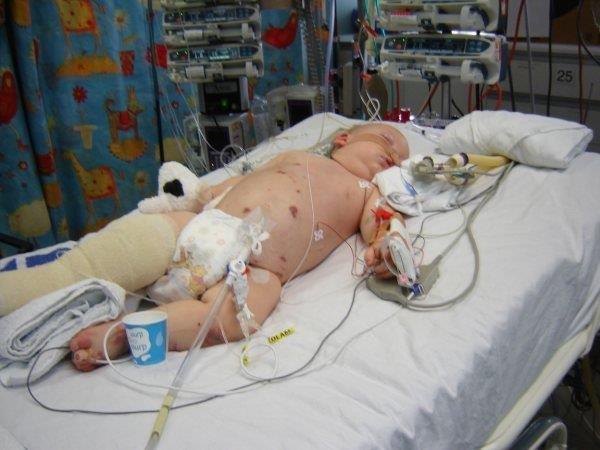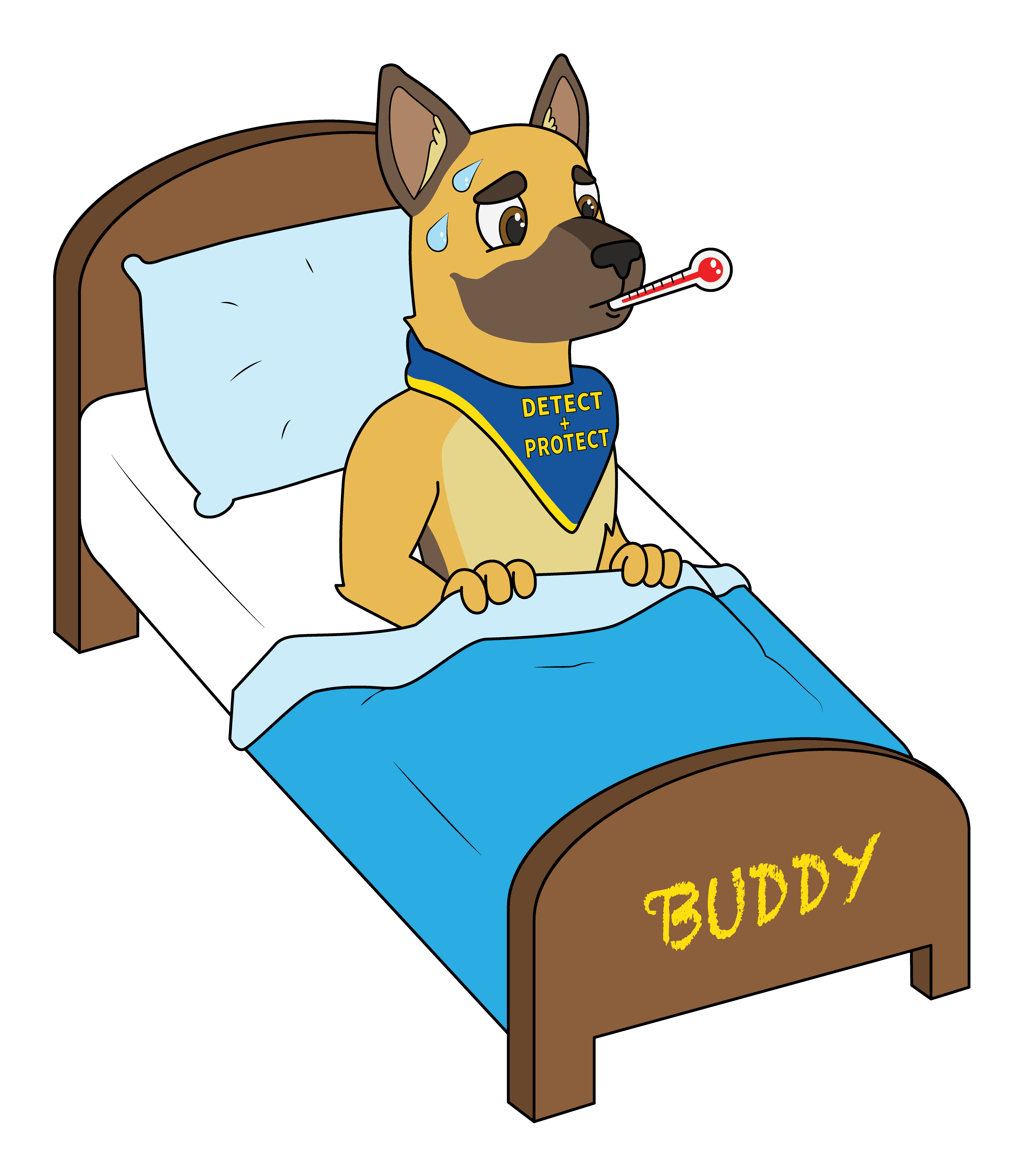Catching Meningococcal
Meningococcal disease is caused by bacteria (not by a virus), and transmitted via mucus. Meningococcal bacteria can live harmlessly in our throat and nose. Around 20% percent of people will be carrying these bacteria at any one time without ever becoming ill (‘healthy carriers’). In fact, all of us will carry them at some stage in our lives. There are many different strains of meningococcus – the most common in Australia has been B and C, and more recently W and Y. This can vary from year to year.
The bacteria are spread by activities such as sneezing, coughing, intimate kissing, and sharing food or drinks. Environments where people are in close contact, such as day-care centres, school camps, parties and nightclubs, make it easier for the bacteria to spread. At nightclubs, there’s a risky combination of crowding, smoking, kissing, sharing drinks and shouting above the noise, which can disperse tiny droplets into the air that can be breathed in by someone close by.
However the bacteria only live for a short time outside the body – and even if you pick them up, it doesn’t mean you’ll become ill. The danger only occurs if you pick up a strain you’re not immunised against, or don’t have any natural immunity to — or if your immune system has for some reason become weakened and cannot cope.


Who’s at risk
Meningococcal disease can strike both children and adults – anywhere, at any time. But those most at risk are:
Babies and children up to the age of 5 years
this group accounts for two thirds of cases (due to their less mature immune system and tendency to put things in their mouth and share food, drink and toys).
Teenagers and young adults from 15 to 25 years
primarily because of the socially interactive lifestyle they lead, which is more likely to involve intimate activities such as kissing and sharing drinks.
The disease is caused by bacteria, not by a virus

BE A PART OF THE FOUNDATION
We are registered as a charity and donations may be tax deductible.
Please check with your own accountant for any further information on this matter.





